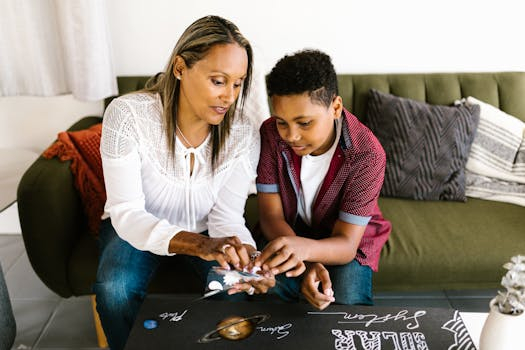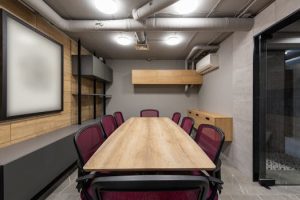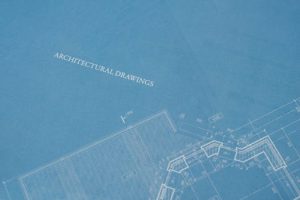Arts Integration: Creativity Across the Curriculum
Creativity is often thought of as a concept that only applies to the arts. However, more and more educators are discovering the benefits of incorporating creativity into all areas of learning. This approach, known as arts integration, not only makes for a more engaging and enjoyable classroom experience, but also helps students develop important critical thinking and problem-solving skills. In this article, we will explore the concept of arts integration and how it can foster creativity across the curriculum.
The Importance of Arts Integration
Arts integration is a teaching strategy that combines creative and artistic practices with traditional academic subjects. It is based on the belief that the arts are not only a way to express oneself, but also a powerful tool for learning. When utilized in the classroom, arts integration can enhance student engagement, promote interdisciplinary connections, and foster critical thinking and problem-solving skills.
In recent years, there has been a growing emphasis on STEM (science, technology, engineering, and math) education. While these subjects are undeniably important, it is equally important to recognize the value of the arts in education. By integrating the arts into other subjects, students can see the relevance and real-world applications of what they are learning. This can help them develop a deeper understanding and appreciation for the material.
The Role of Creativity
Creativity is at the core of arts integration. By incorporating creative elements, such as visual arts, music, drama, and dance, into lessons, teachers can tap into students’ natural curiosity and imaginations. This can inspire them to think outside the box, explore new perspectives, and come up with innovative solutions.
One of the key benefits of fostering creativity in the classroom is the development of critical thinking skills. Creativity requires students to use their imagination and think beyond what is presented to them. This encourages them to analyze, interpret, and evaluate information in new and unconventional ways. In turn, this can lead to a deeper understanding of the subject matter and the ability to apply that knowledge in various contexts.
Arts Integration Across the Curriculum
Arts integration has traditionally been associated with language arts or visual arts classes. However, it can be utilized in all subjects, from math and science to history and even physical education. For example, in a science class, students can create a dance routine that represents the water cycle. In math, they can use art supplies to visually represent geometric shapes and patterns.
Integrating the arts into different subjects also allows for interdisciplinary connections. It helps students see the connections between different disciplines and how they can work together to answer complex questions and solve real-world problems. This can also cultivate a sense of collaboration and teamwork among students, as they work together to create a project or performance that combines different skills and knowledge.
Implementing Arts Integration in the Classroom
Incorporating arts integration into the curriculum can seem intimidating to some teachers who may not have a strong background in the arts. However, it doesn’t have to be complicated or time-consuming. Some simple ways to incorporate creativity into lessons include incorporating music or visuals into lectures, using drama or role-playing to explore historical events, or incorporating art projects into science experiments.
It is also important for teachers to provide opportunities for students to reflect on their work and the creative process. Reflection allows students to think critically about their learning and make connections between the arts and other subjects. This can also help them understand their own creative process and how it can be applied to other areas of their life.
In Conclusion
In today’s rapidly changing and technology-driven world, creativity is more important than ever. By incorporating arts integration into the curriculum, educators can foster creativity and critical thinking skills in their students. This not only leads to a more engaging classroom environment, but also prepares students to be innovative and adaptable in their future endeavors.
So, the next time you’re planning a lesson, don’t be afraid to think outside the box and incorporate the arts into your teaching. Arts integration is not just about teaching the arts, it’s about using the arts to enhance learning across all subjects and cultivate the creative minds of our students.











